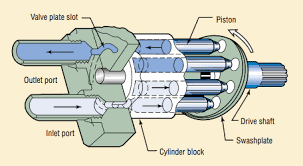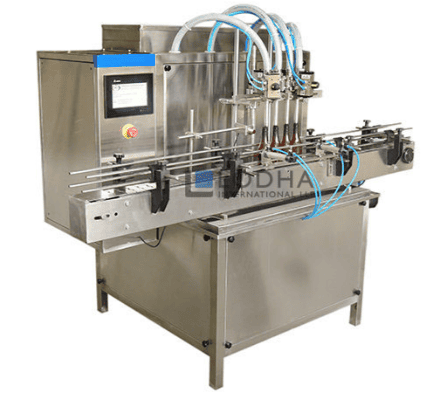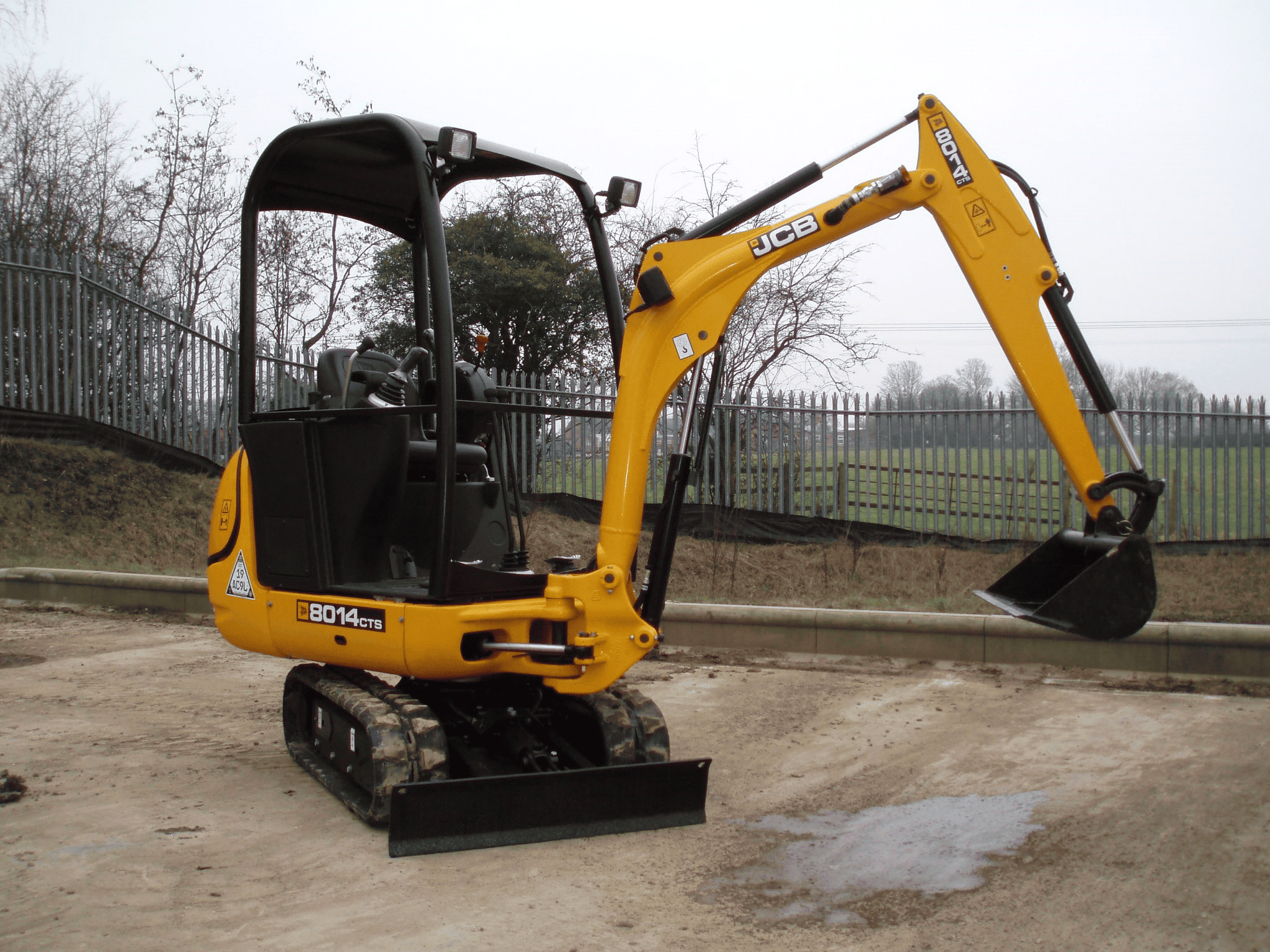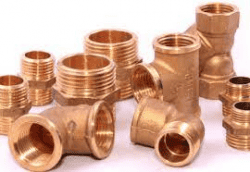We’re seeing more innovative uses for hydraulic systems, and there are some exciting new technologies that are helping to develop these applications. New developments include electric flow amplifiers and smart user interfaces, as well as load sensing valve technology and hybrid actuation systems for renewable energy. Electric flow amplifiers, for instance, are a significant advancement for load sensing valves.
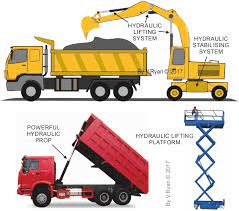
During the 19th century, several cities built citywide hydraulic power networks for the operation of capstans, lifts, and cranes. Early innovators Joseph Bramah and William Armstrong designed and perfected the apparatus that delivered hydraulic power to buildings. One of the most famous hydraulic power schemes served large parts of the West End of London, the City, and Docks. However, some of these hydraulic power schemes were confined to single enterprises.
Some of the earliest innovations in hydraulics date back to the 16th century. Blaise Pascal, a French physicist and one of the first inventors of mechanical calculators, contributed to the field of mathematics and hydraulics during his lifetime. As a result, in 1648, Pascal developed Pascal’s Law: the transmission of pressure equally between parts of a confining system with equal areas. This law paved the way for hydraulic innovations in the industrial world. For details on the right Hydraulic Power Pack for your needs, go to https://www.hydraproducts.co.uk/
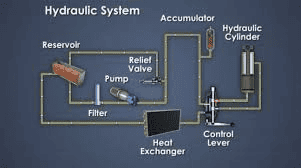
The hydraulic system consists of five main parts. A driver (usually an electric motor or an engine of any type) converts the hydraulic input into a mechanical output. The motors can be used to produce reciprocating or rotary motion within the load. It’s also used to power fuel pumps at petrol stations. Modern automobiles use hydraulics to operate. It has multiple uses and is crucial for the safety and efficiency of vehicles.
These systems also allow manufacturers to incorporate new products into existing manufacturing lines with minimal work and effort. This makes hydraulic systems extremely popular in the manufacturing world. Further, these systems are easy to adjust to accommodate new designs, which reduces the cost and parts needed for each task. There are countless other examples of hydraulic systems in modern technology. Its applications are nearly endless and continue to grow as new inventions emerge.
Hydraulic presses are a prime example of these systems in action. They use Pascal’s law to create enormous pressure. By transferring a small force to a small piston in a small cylinder, the pressure is then transmitted to a large cylinder. The cylinder’s weight is evenly distributed throughout the whole machine, resulting in a consistent pressure across all its surfaces. As such, hydraulic presses are a vital component in manufacturing steel.
